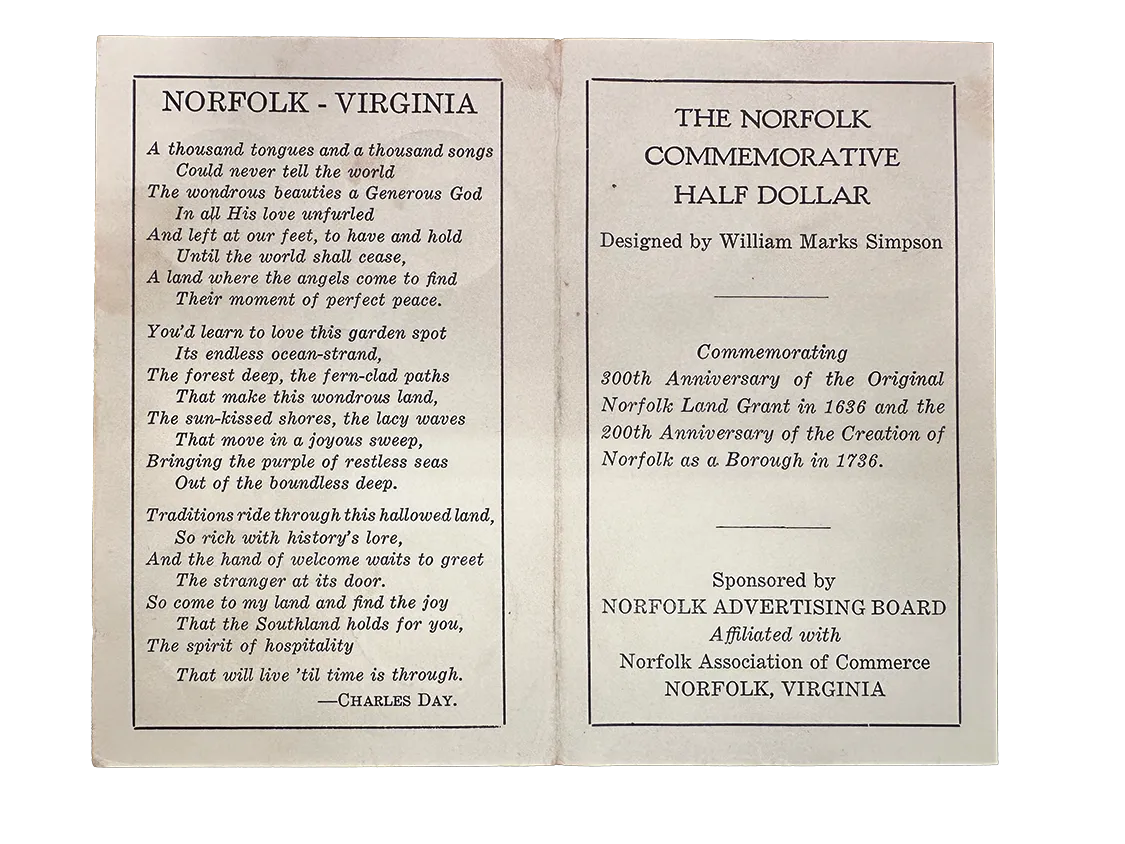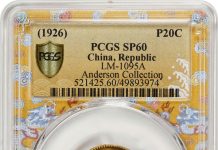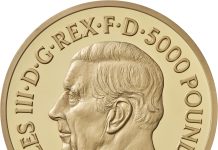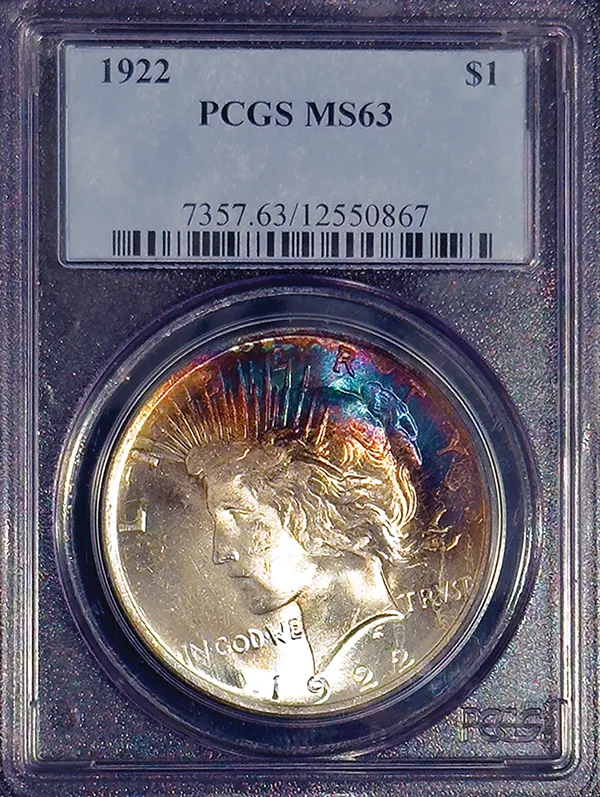
GUIDE TO ORIGINAL TONING
Be on the lookout for coins that are special because of their beautiful colors, or toning, sometimes referred to by non-numismatists as tarnish. Original, beautifully toned coins exhibiting various vibrant colors are treasured by most collectors in every series.
Toning that is not artificial is often considered a positive factor by graders at the leading professional grading services. Coins can become toned in several ways, such as when they come into contact with gases or materials when stored. Surface changes on a coin can occur as a chemical reaction with oxygen, sulfur and other elements. Many times, original toning occurs when moisture, a catalyst, reacts with a coin’s surface.

Often, the most beautifully toned coins are silver coins, due to their lighter original “canvas” on which the colors appear, although gold, copper and nickel coins have been known to exhibit attractive toning. Silver toning shapes and patterns are determined by a number of factors.
Often, the most beautifully toned coins are silver coins, due to their lighter original ‘canvas’ on which the colors appear, although gold, copper and nickel coins have been known to exhibit attractive toning.”
Some Morgan dollars that spent time in original U.S. Mint canvas bags that contained sulfur developed silver sulfide textile toning patterns from resting against the bag. Some exhibited spectacular sunset colors, including vibrant reds, pinks, golds and blues. Some Morgan dollars toned completely on one side and not the other, while others had crescent-shaped toning due to another coin or two resting partially against the toned coin. Attractive obverse-toned coins, sometimes referred to as “monster-toned coins,” are typically worth more than coins where the toning is only on the reverse. Peace dollars are rarely found with similar attractive toning. This is a bit of a numismatic mystery.
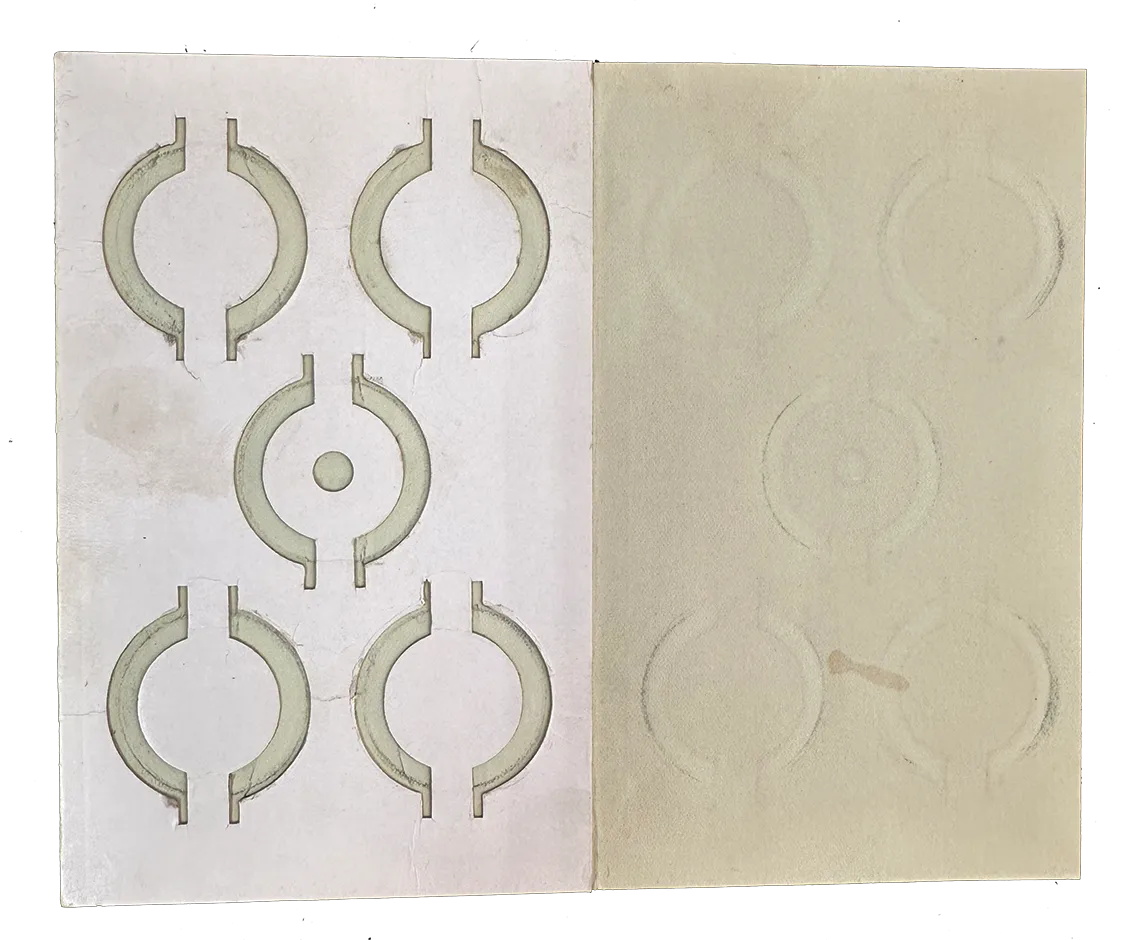
Some coins, including Morgan dollars, were attractively toned due to being the end coin in a 20-coin paper roll used to store them. Others toned from being part of gift cards distributed by banks in the 1950s and 1960s. Many coins developed toning from being stored in various collector albums, often toning around the periphery that was nearest the cardboard. Coins stored in cardboard 2×2 holders could tone similarly, but beware of black lines on coins stored in these 2×2 holders, often caused by owners wrapping multiple coins with a sulfur-laden rubber band. U.S. commemorative silver half dollars, many of which were sold in the 1930s, were distributed in cardboard holders with 3-, 5- or 6-coin slots that included a paper strip/tab designed to secure the coins. Obverse and reverse areas not touching the strip or holder were often toned, sometimes exhibiting spectacular sunset colors.
Many times, original toning occurs when moisture, a catalyst, reacts with a coin’s surface.”
Beautiful coloration and toning can sometimes be found on 1940s and 1950s coins that were removed from U.S. Mint sets utilizing cardboard and paper packaging as holders. Collectors prefer toned coins with light to medium (not dark) toning with luster shining through, although some peripheral rim darkness is acceptable. The side of the coin touching the paper backing typically was toned across its entire surface.
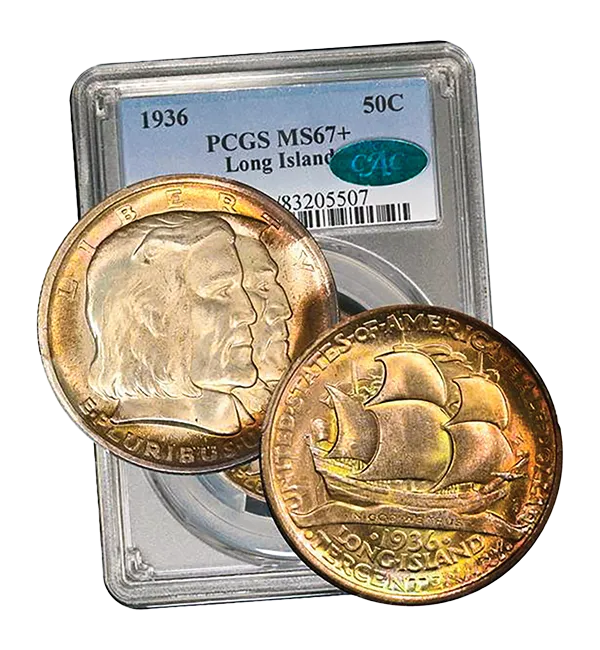
When buying toned coins, be sure that you only buy coins certified by the Professional Coin Grading Service (PCGS), the Numismatic Guaranty Company (NGC) or the Certified Acceptance Corporation (CAC). Unfortunately, there are some unscrupulous “coin doctors” who artificially tone (AT) coins and prey on unsuspecting collectors. Buying coins certified by one of the leading grading services greatly reduces the risk of buying an “AT” coin.
When buying toned coins, be sure that you only buy coins certified by the Professional Coin Grading Service (PCGS), the Numismatic Guaranty Company (NGC) or the Certified Acceptance Corporation (CAC). Unfortunately, there are some unscrupulous ‘coin doctors’ who artificially tone (AT) coins and prey on unsuspecting collectors.”
When I buy a toned coin, I make sure that it is attractive for the numerical grade assigned to it and that the toning is authentic and consistent with other similar coins I have seen. I do not recommend paying large premiums for “monster-toned” coins but, instead, paying a modest premium.
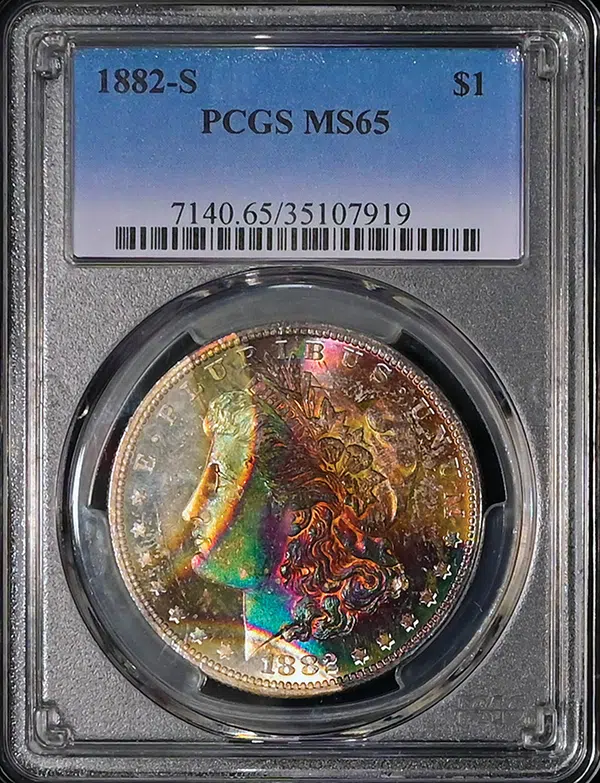

Make sure to join COINage on Facebook and subscribe to the free monthly newsletter.

